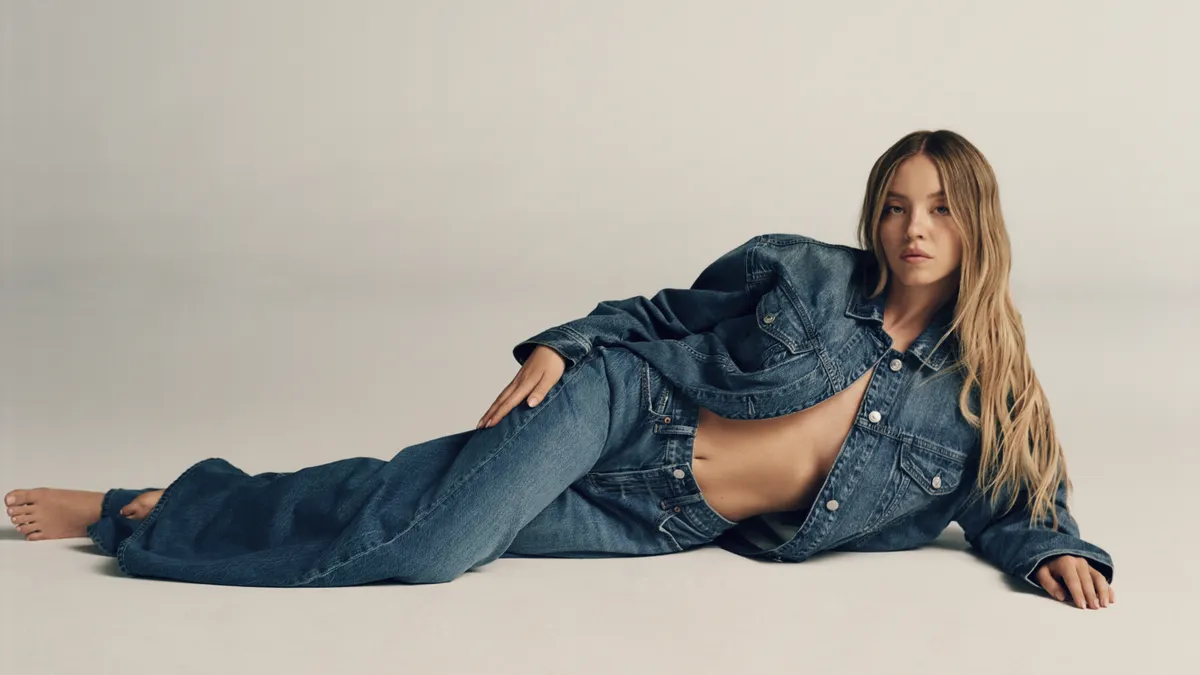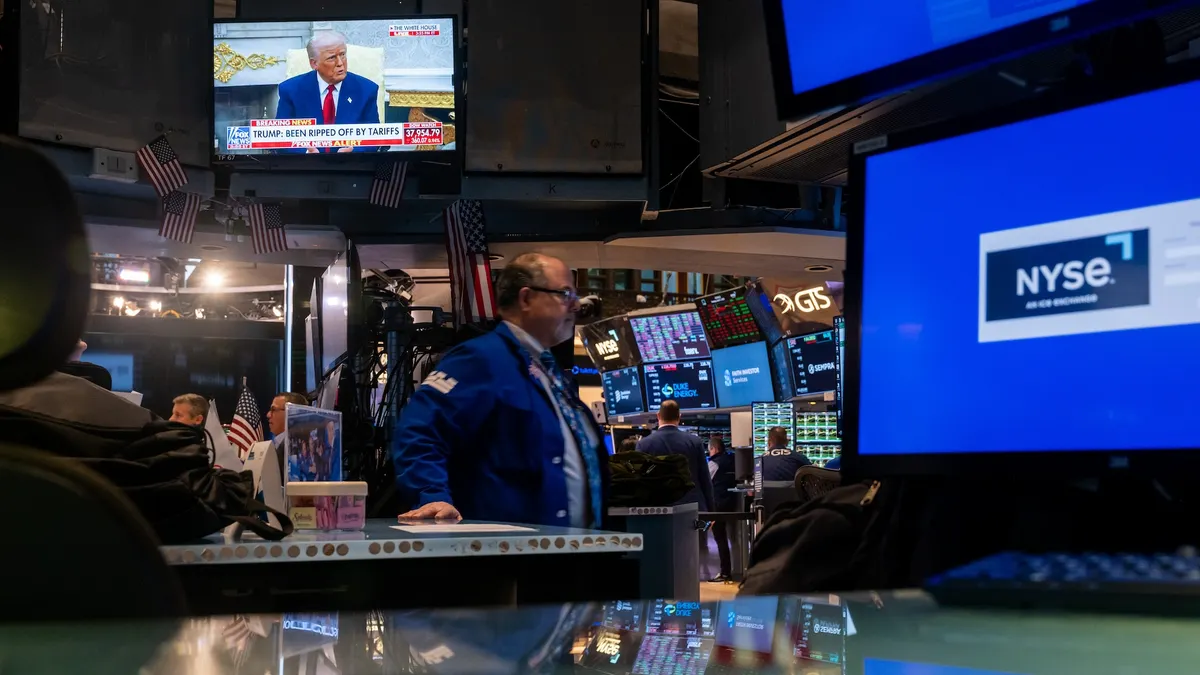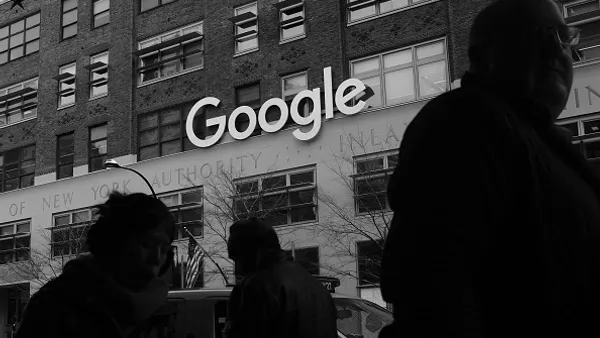Brief:
- Augmented reality (AR) community app Seek, which claims to have 500,000 active users and started as a scavenger hunt app, has released an update enabling brands to share AR content and connect consumers in a single social platform via sponsored landing pages and channels, according to a press release.
- Lionsgate and Samsung are two brands that have recently signed on to develop Seek channels and offer AR content to their customers. Cinemark and Universal Pictures already use Seek to drive mobile engagements and foot traffic to movie theaters, retailers and amusement parks, per the release.
- Participating brands can use Seek's software development kit (SDK) or team to create custom AR features, promote a location-specific campaign or sponsor existing content.
Insight:
Seek started out as a location-based app for AR scavenger hunts and is now attempting to expand into a wider platform where users can discover AR content in their newsfeed, create avatars and videos and share content with friends to explore and interact with.
One potential use case for the app is influencers looking to share new content with their followers. For example, Danielle Cohn, who has more than 10 million followers across muiscal.ly, Instagram and YouTube, has joined to immerse followers into her world.
The platform has also attracted brands interested in having a central repository for AR content that can live beyond a one-off campaign. For example, users can choose from branded clothing and other objects and integrate these into their identities.
The Pokemon Go craze of 2016 brought augmented reality into the mainstream, and marketers quickly realized the potential of AR beyond gaming. In 2017, AR has become a major disruptor and brands are increasingly adding it to their mobile marketing strategies as a way to link online and in-person experiences.
As a way to enhance in-store experiences, Swedish home furniture retailer Ikea launched its Place mobile app, where shoppers can virtually layer digital images on top of the real world using their smartphone cameras to see how items will look in their homes. Pottery Barn has a similar app letting customers place life-sized products into rooms and share their room designs.
Product visualization and location-specific activities are other ways brands are using AR. Clothing and home goods retailer Anthropologie lets customers use AR to customize furniture. Kate Spade New York created an AR app, called My Little Paris Tapage, ahead opening its first retail location in Paris. The app guides users through the streets of Paris with virtual surprises along the way, like flamingos in the Seine River.
AR is projected to reach $83 billion by 2021, according to Digi-Capital. Brands have increasingly jumped on the AR bandwagon as the technology has become more accessible. Earlier this year, Apple unveiled ARKit, a mobile app framework for AR on iPhone.
Social media platforms, including Facebook and Snapchat, are driving AR’s growth, which is projected to reach 54.4 million users in the U.S., or 16.4% of the population, by 2019, according to eMarketer. To promote its new flavor Marshmallow Moon in partnership with comedian Jimmy Fallon, Ben & Jerry’s added an AR filter on Facebook, where fans can virtually catch marshmallows in their mouths using their smartphone cameras.













